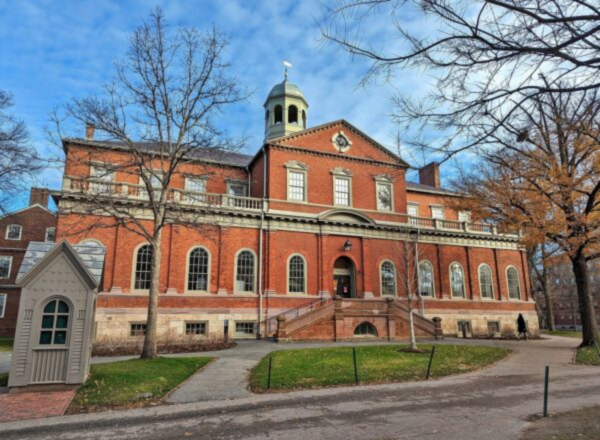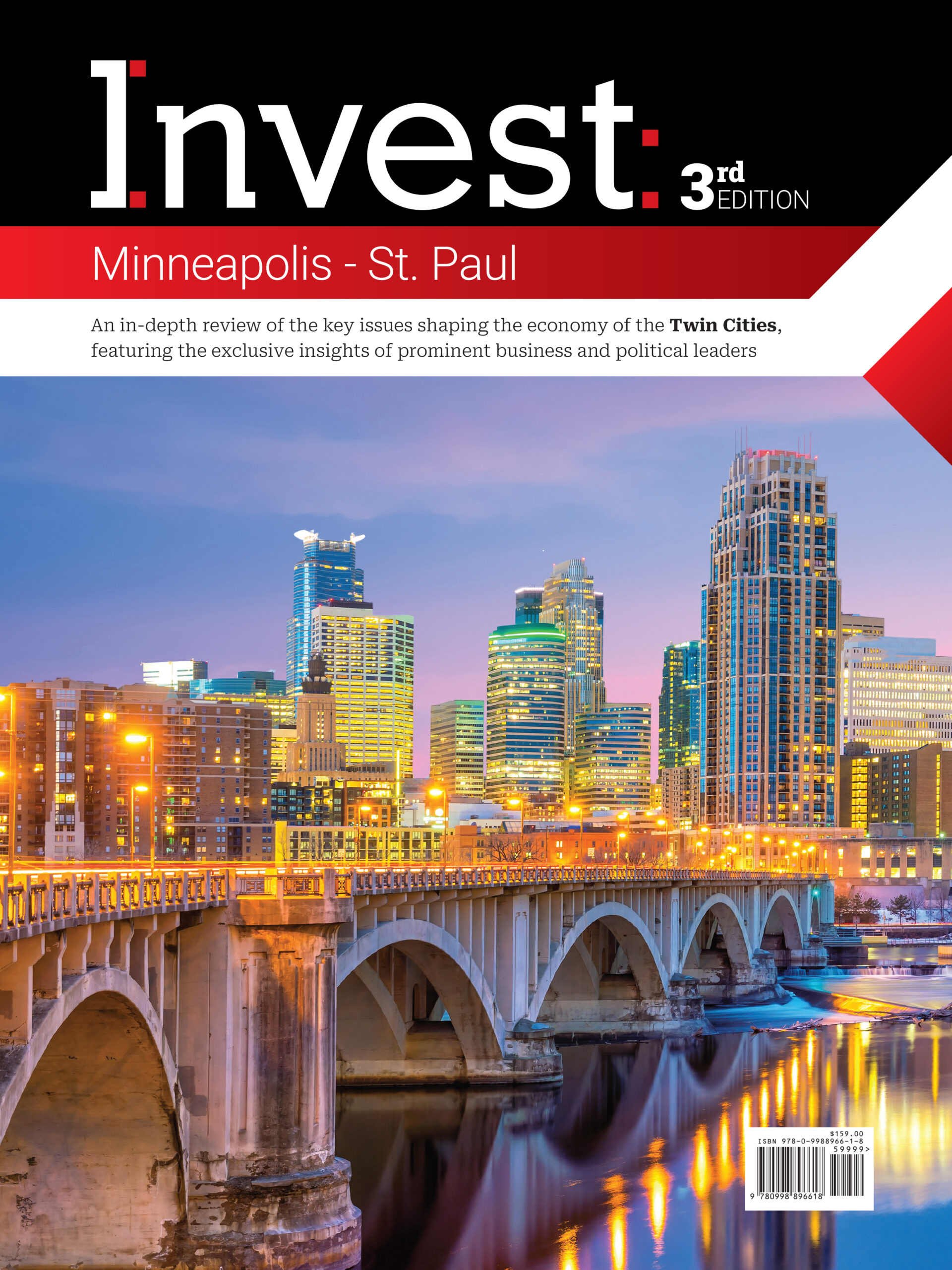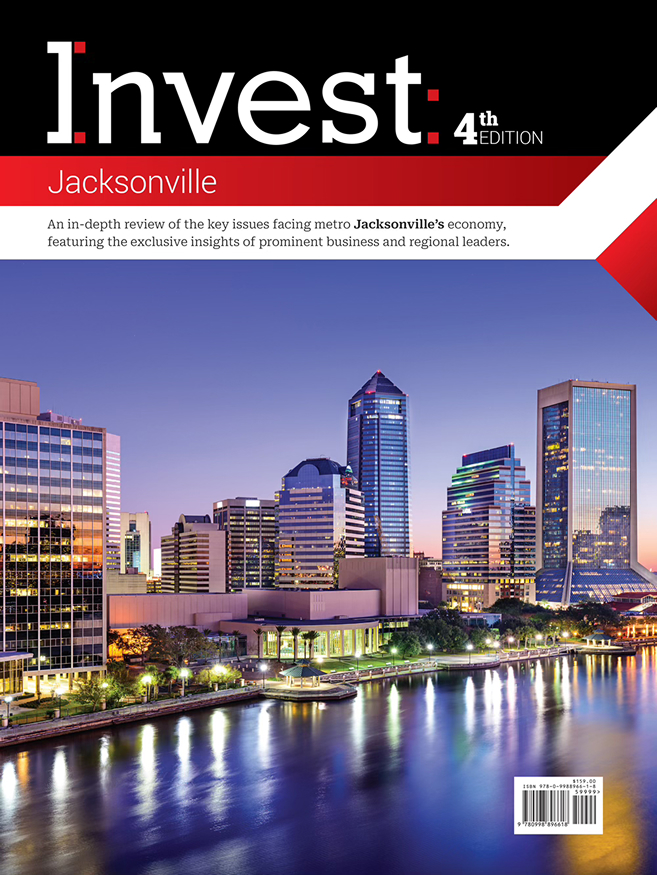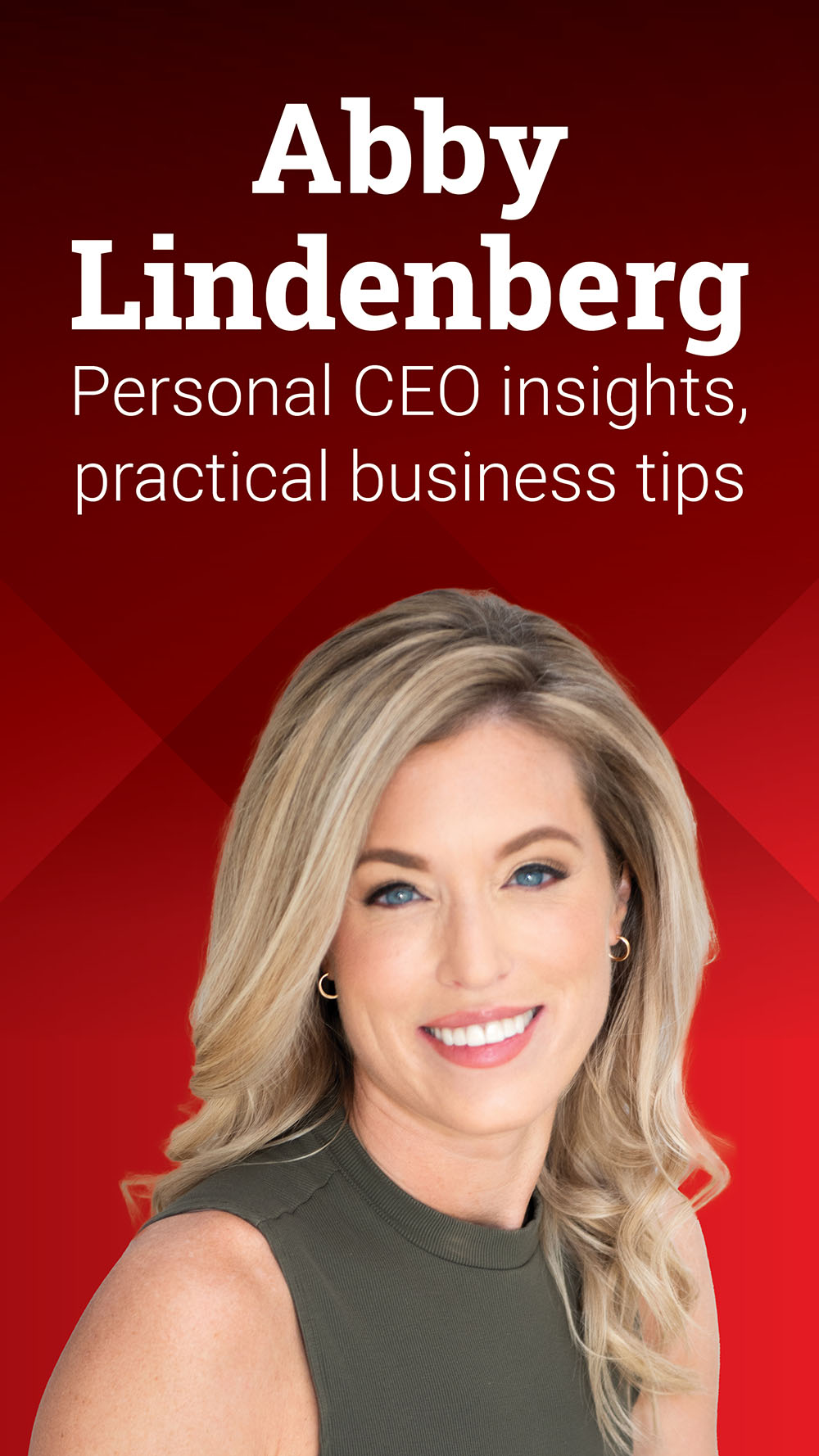Spotlight On: Suzanne Stell, Executive Director, Shelton School
 December 2024 — In an interview with Invest:, Suzanne Stell, executive director of Shelton School, reflected on a year marked by key milestones, including a partnership with NASA to develop a curriculum for neurodiverse learners. She also highlighted the academic achievements of the Class of 2024, with graduates receiving over $7 million in scholarships.
December 2024 — In an interview with Invest:, Suzanne Stell, executive director of Shelton School, reflected on a year marked by key milestones, including a partnership with NASA to develop a curriculum for neurodiverse learners. She also highlighted the academic achievements of the Class of 2024, with graduates receiving over $7 million in scholarships.
What are some recent achievements or milestones for Shelton School over the past year?
People come from all over the world to attend Shelton, serving students from early childhood through 12th grade. We have around 1,100 students, all of whom have learning differences but are incredibly bright.
Last year was particularly exciting for us. One of the standout achievements was collaborating with NASA to develop a curriculum for neurodiverse learners, in connection with the total eclipse in the Dallas area. NASA is actively recruiting neurodiverse thinkers, including those with dyslexia, and they want curricula that cater to different learning styles. This aligns perfectly with what we do at Shelton, so the partnership was a natural fit.
For the Class of 2024, we had 79 graduates who received 377 acceptances to 114 colleges and universities, along with $7.2 million in merit scholarships. Some students earned prestigious awards, such as the SMU Hunt Leadership Scholars Program and the University of North Carolina at Charlotte Levine Scholars Program. Four students were accepted into highly competitive fine arts programs, and one went on to play lacrosse at Southwestern University. Additionally, two seniors scored a perfect 36 on the ACT reading section — an incredible accomplishment, especially considering their learning differences. Seven students scored 32 or higher on the ACT composite. Many of these students came to us struggling to read, and now they’re graduating with perfect ACT reading scores. It’s truly remarkable and a testament to their hard work and the support they receive at Shelton.
How have parent and student expectations evolved in recent years, and how is the school adapting?
We’ve stayed true to our mission of working with students with learning differences, and that’s something that was emphasized during our recent 10-year reaccreditation with the Independent Schools Association of the Southwest (ISAS). But we’ve also adapted to the changing needs of our students, especially in areas such as communication skills and mental health. Over the past few years, we’ve seen more anxiety and depression among students, so we developed a comprehensive social-emotional program that runs from Early Childhood through 12th grade. We bring in different groups to help our students tackle these challenges. For children with learning differences, it’s especially important to focus on problem-solving, resilience, and communication. The world is finally recognizing the value of people who think differently, and that aligns perfectly with the strengths of our students.
Also, we’ve expanded our athletics program to match our students’ passions. We’ve extended sports to younger children, and they’re loving it. We’ve also grown our fine arts programs, adding classes like photography and ceramics. This is in addition to an already dynamic fine arts program.
How do you measure the success of soft skills development?
We measure soft skills through various methods beyond just standardized testing, which doesn’t always capture the intelligence of our learning-different students. Learning-different students have super-power skills such as team building, conflict resolution, and empathetic listening. For example, the news is highlighting the value of learning-different students. Leaders like Richard Branson, the billionaire founder of Virgin Group and creator of DyslexicU, the first free online university for dyslexic thinkers, recognize that.
The metrics are evolving for children with learning differences. We use a combination of surveys with students, small group discussions and feedback from parents after students leave Shelton. This helps us understand what’s working and what isn’t, ensuring we’re continuously improving.
How are students and staff responding to the school’s wellness initiatives, and what’s next?
We’re seeing positive responses to our wellness efforts. We have several programs in place, like our social-emotional initiative, WinAtSocial, and the Character Strong programs. We’re also starting the Hope Squad, which focuses on mental health, particularly in our Upper School. We want to make it clear that it’s okay to talk about mental health. Additionally, we’ve partnered with UT Southwestern Medical School for a program called YAM (Youth Aware of Mental Health), which brings mental health awareness into small groups.
We also have a horse program, which helps students build confidence. When students overcome something they fear, they carry that sense of accomplishment into the classroom. We also work on teaching students the discipline to build skills they feel they’re lacking, helping them gain internal confidence and reinforcing that they are smart.
How do you encourage students to maintain a balance between academics and extracurricular activities?
Our parents choose Shelton because their child can pursue academics and participate in extracurriculars. As a community, we make sure parents understand that it’s okay for their child to have fun, to be a kid, and still learn without the constant pressure they’re used to. In Upper School, for example, we have a club day where students can explore and join different clubs. For younger students, we offer after-school activities — everything from animal care to cooking and band. The key is promoting these opportunities so students can find their passions. At Shelton, students get what they need academically during the day. This gives them time to explore other interests and enjoy their time outside the classroom.
How are you ensuring affordability for families making the effort to join your school?
We have a financial aid program in place. If a family qualifies for aid, based on assessments done by a third-party source, they receive financial support. For the last nine to ten years, every family that has qualified has received aid, and we’re proud of that.
In addition to helping families afford to be here, we also have an outreach program on Saturdays where we teach reading, writing, and spelling to families who can’t attend Shelton full-time. We train teachers from all over the world, so they can help more children. So while we support families who move here, we’re also helping people across the globe.
How is Shelton shaping the broader conversation about learning differences beyond the school?
We play a significant role in raising awareness through our teacher training programs. In addition to offering teacher training, we have an evaluation center and a speech and language clinic. However, it’s our teacher training that truly extends our reach. By educating adult learners, we’re able to impact students far beyond our campus — not just in Texas, but across the country and beyond.
We’re always seeking opportunities to promote awareness. Whether through the Chamber of Commerce, Rotary Clubs, or collaborating with real estate agents who work with families moving here, we’re constantly sharing what we know. Even if families can’t attend Shelton, we focus on educating them about how they can support their children’s learning needs.
What strategies are in place to attract skilled talent for the school?
We’ve been fortunate in attracting talented educators. Teachers are drawn to Shelton for its smaller environment, positive culture, and strong sense of purpose — working with students who have learning differences provides that mission-driven focus. This year we had a strong group of new teachers. Many educators are looking for exactly what we offer, and we’re grateful for that.
What trends are you observing in K-12 education in North Texas, and how is Shelton adapting to them?
One of the major trends we’re seeing is the increasing focus on STEM — especially in areas like engineering, coding, and technology. These subjects teach critical thinking and problem-solving skills, which are crucial for our students. Colleges and employers are looking for people who think outside the box, and that’s exactly what our students do. We’re developing a curriculum that supports this, and our students love it. For example, they recently built a bionic arm in our engineering class, and they’ve been working on projects using recycled materials. It’s amazing to see their creativity in action.
Last year, one of our classes created a Charger Recharger, an invention that turns recycled materials into 3D printer filament. It was developed in our engineering program and really showcases the kind of out-of-the-box thinking we encourage here.
What is your outlook for Shelton in the coming years, and what are your top priorities?
Our top priority is continuing to customize education to meet the individual needs of every child, helping them reach their full potential. That remains at the core of our mission. As the educational landscape changes, we’ll keep adapting to ensure that we’re providing the right environment and tools for our students to succeed. The goal is always to meet each student where they are and take them as far as they can go.
For more information, please visit:













